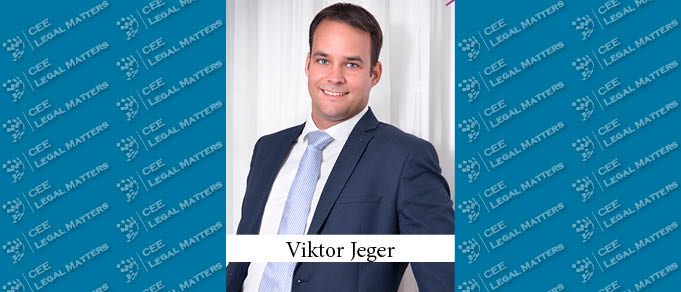All over the world, we feel the effects of global warming and a sense of urgency to take action against it. It is, therefore, a relief that Hungarian solar projects are coming online in an ever-increasing number. In order to ensure that this trend continues, we ought to take account of the challenges of the sector, not just of its opportunities.
2021 was the first year when more electricity was generated in Hungary from solar power than from coal. Steadily declining year after year, coal now has a share of only 9% in the Hungarian energy mix, while solar energy reached 11%. Solar power capacity has more than doubled within just two years.
The expansion of solar projects has the possibility to remain on this track: supply chain issues and raw material prices do not plague these projects as much as other businesses. Solar panels and other electronic components are generally manufactured in Asian countries and, with good timing of the order, they can arrive when a solar park project gets to the construction phase. Although metals are needed in significant amounts for the framework of solar panels, this part represents just a small portion of the overall costs. It follows that price increases of steel and aluminum do not present such a challenge for solar projects as for wind projects, for example, where a single wind turbine may require hundreds of tons of steel.
While the rapid spread of solar parks serves the protection of our environment, it can clash with the same agenda when developments happen to the detriment of fertile land.
The Hungarian regulation navigates the issue elegantly: special approval by the land authority is not needed for small capacity solar power plants if they are to be placed on lower-quality arable land. The small capacity requirement means that the nominal capacity of such a solar power plant should be under 0.5 megawatts. The capacity limitation does not stand in the way of investors who intend to utilize the exemption from authority approval – solar parks can be realized in multiple projects. Besides easier licensing, it can be less burdensome to fund smaller power plants, as well as cheaper and simpler to connect them to a network.
There is, however, an upside-down logic in the regulation of solar projects. Arable land may only be acquired by individuals with a certain qualification, in a strict and lengthy process. If a company intends to invest in a solar park, it first has to realize the project on arable land owned by a third party. The investor will be able to acquire ownership of the land only after the solar park is ready and the land is officially requalified. Of course, risks can be decreased by well-structured contracts and indemnities.
It is not unprecedented in practice that landowners provide right of use on their land to a solar park investor. Right of use is indicated in the land registry and investors may refer to it before financial institutions in order to secure funding for their project. However, one must be cautious with this kind of security: right of use may be applied in the case of buildings and it is untested whether solar parks indeed fall under this term.
The legislature also aimed to mitigate the loss of fertile land by extending special treatment to investors who install agrophotovoltaic systems (APV). In solar parks utilizing such systems, solar panels are placed on a higher framework to make agriculture possible – the land under them is used for pasture or growing crops. This way, the solar panels provide shade to animals and plants susceptible to intense direct sunlight, slow down the evaporation of moisture from the soil, and can even protect against frost. In the case of APVs, the land continues to qualify as arable, and the owner may not lose eligibility for EU agricultural subsidies. It must be noted, however, that the regulation on APVs is not complete – the specifications of APVs enjoying special treatment are yet to be adopted.
If investors and regulators keep on considering and mitigating the pitfalls of solar projects, we can all look forward to a bright future.
By Viktor Jeger, Partner, Nagy & Trocsanyi
This Article was originally published in Issue 9.3 of the CEE Legal Matters Magazine. If you would like to receive a hard copy of the magazine, you can subscribe here.

